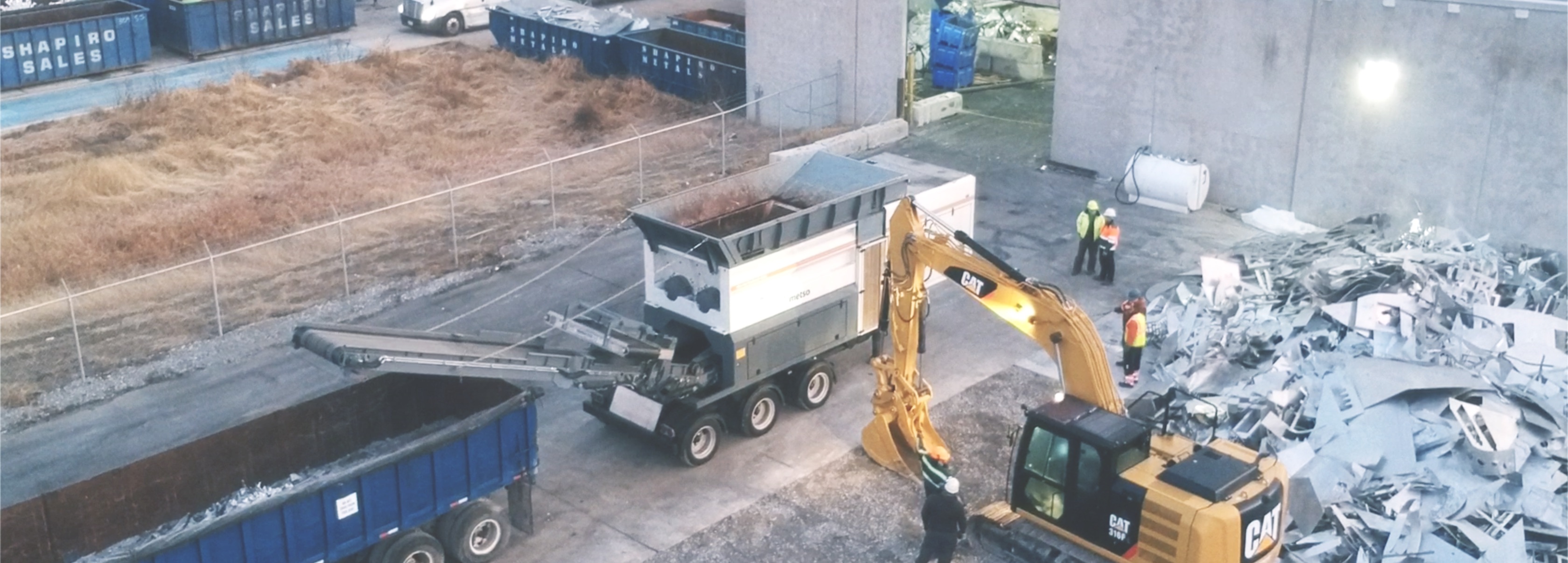Good News and Black Swans

Good News and Black Swans
USMCA and Phase 1 of the tariffs have passed, which should lead to reduced trade conflicts and tariffs. China has agreed to buy $200 billion in products from the U.S. However, $360 billion in tariffs still exist, which amounts to about a 15% tariff on many Chinese imports. U.S. consumers will mainly pay for that. The Chinese trade deficit fell last year, but it ended up at the same level as before the trade war started. The agreement will improve protection for some intellectual property, but most intellectual property issues remain unresolved. Of the $200 billion China has agreed to buy, $50 billion of that is in manufactured goods and is supposed to take place over the next two years. The details of these purchases are unknown. While the tariffs have helped U.S. steel and aluminum, they have hurt manufacturing. The net effect has been higher raw material costs and lower exports. The overseas supply chain has been disrupted and virtually no manufacturing has returned to the U.S. It has mainly moved from China to other Asian countries. There is hope that reduced trade conflicts and uncertainty will prompt an increase in business investment. However, we are in an election year. Even though no first term president has lost a re-election bid in a good economy, many businesses will wait to see who is elected this year.
Nondefense capital goods new orders excluding aircraft fell in December by .9%, and durable goods excluding aircraft also fell slightly. In January, car sales fell, and the 2020 forecast predicts a 3% to 5% dip. Home sales have been good for the last six months with low interest rates and not as much supply. Average home prices are 15% higher than they were before the Great Recession.
The ISM manufacturing report for January brought surprisingly good news with a 3.1% increase to 50.9, meaning it is now in expansion. There were sharp increases in new orders, the production index, new export orders, and imports. The order backlog is still in a nine-month contraction, but it happened at a slower rate. Miscellaneous manufacturing and fabricated metal products experienced growth, and the Material Handling Industry business activity index rose 10% in January. There were sharp increases in new orders, shipments, unfilled orders, inventories, expected future orders, and even exports, although exports are still in contraction. The Chinese Caixin remains in expansion while the Eurozone continues its contraction; the sum of those two parts, plus the US ISM, puts the total at a break-even point.
With all that great news, guess what the Shapiro Nonferrous Scrap Index did? It was down 10% this January vs January 2019. There were the same number of days in both months and no anomalies. Of our top 50 accounts, 68% produced less metal, 16% were up, and 16% were even. Certainly, the Boeing shutdown on the Max 737 hurt many of you. But there were also slowdowns in HVAC, ship and boat building, housing, transportation, and automotive sectors. Our theory is that the year-end holidays fell during the middle of the week and maybe plants took off more time than in 2019. We will see how February goes.
Unfortunately, the “black swan” coronavirus has struck China and is affecting the rest of the world. The death toll has topped 1,000, and the number of people infected keeps getting higher. While this is very serious, keep in mind that the flu kills 12,000 people annually in the U.S. We hope the steps being taken will reduce this deadly, serious virus and a cure will be found soon. The effect on China’s economy is forecast to drop in growth from 6% to between 4.5% and 5%. China now represents 17% of the world’s economy, as opposed to 4% in 2003 when the SARS virus occurred. The Chinese factory shutdowns are disrupting the entire worldwide supply chain.
February metal prices have been all over the board. Most of the prime metals we follow have fallen sharply with the coronavirus outbreak. Aluminum, copper, nickel, and iron reacted quickly. While prime aluminum dropped close to 5 cents per pound, prime scrap held steady with better demand. Secondary aluminum also picked up a bit with an increase in export demand, due to the lower steel prices in Q4 bringing less scrap to the shredders. Stainless steel prices are the scrap anomaly. They rose despite lower nickel and steel prices. Scrap steel prices dropped $30 per ton in the Alabama market and $10 per ton in the Chicago market.
Most of the forecasters I follow are calling for an end to the global manufacturing recession in the second half of this year. The best economic and metals analyst I know is Edward Meir from ED&F Man. For 2020, he predicts that LME aluminum will average $1,780 per ton, with a high of $1,950 and a low slightly above $1,600; copper will average $2.76 per pound, with a high of $2.97 and a low of $2.50; and nickel will average $6.30 per pound, with a $7.50 high and a $5.12 low.
No act of kindness, no matter how small, is ever wasted. -Aesop
Work Safe. Work smart. Profits will follow.
